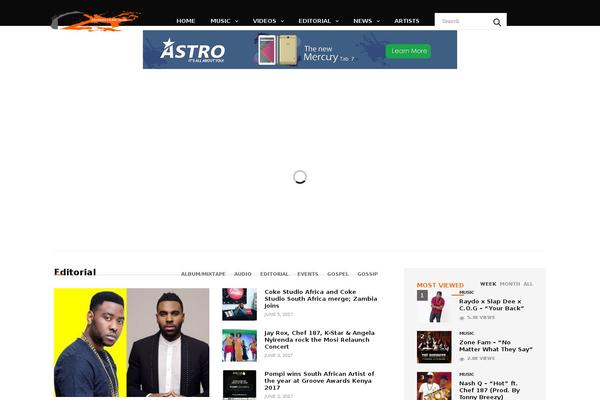


In this work, we propose a new version of FC, called Cellular Floating Content (CFC), which optimizes the use of bandwidth and memory by adapting the content replication and storage strategies to the spatial distribution of users, and to their mobility patterns. However, existing approaches to management of FC schemes are unfit for realistic scenarios with non-uniform user distributions, resulting in heavy overdimensioning of resources allocated to FC. It is based on constraining the opportunistic replication of content in a way that strikes a balance between minimizing resource usage and maximizing content availability among the intended recipients. The results of simulation evaluation demonstrated that the proposed method can satisfy the requirements of STD, while maintaining a high coverage rate in the area.įloating Content (FC) is a communication paradigm to locally share ephemeral content without direct support from infrastructure. Therefore, we propose an efficient diffusion and elimination control method for retention based on the requirements of STD. In particular, the lifetime of STD and the diffusion time to the entire area directly influence the performance of STD retention. However, this system does not take into account that each type of STD has different requirements for STD retention. The system can quickly provide STD for users within a specific location by retaining the STD within the area. In previous studies, we proposed a STD retention system using vehicular networks to achieve the “Local production and consumption of STD” paradigm. We define these data as spatio-temporal data (STD). Among such data, there are data that depend heavily on generation time and location. Dig deeper with CSS Tricks, All About Floats article.With the development and spread of Internet of Things technologies, various types of data for IoT applications can be generated anywhere and at any time. Check out the HTML page to learn about some times you must edit the code. Some functions may require you to edit the source code.

To float an image that has already been added to the page: When editing a page, you can double click on an image to access the media browser options. When uploading a new image, simply follow the insert an image instructions. There are two ways you can align (or “float”) an image. As the screen gets bigger or smaller the amount of content floating will shift. It’s best practice to use the below instructions to “clear the float” which tells the browser when content should no longer wrap around the image. The most important thing to know about image alignment is that you should always check the page layout on different sized devices.

Best Practices Using a Rich Text Editor.Sidebar: Related Content, Cross-Promote, Add Value.Create, Publish, Edit, Unpublish, Delete.Editor Access, Workflow, Approvals & Roles.


 0 kommentar(er)
0 kommentar(er)
